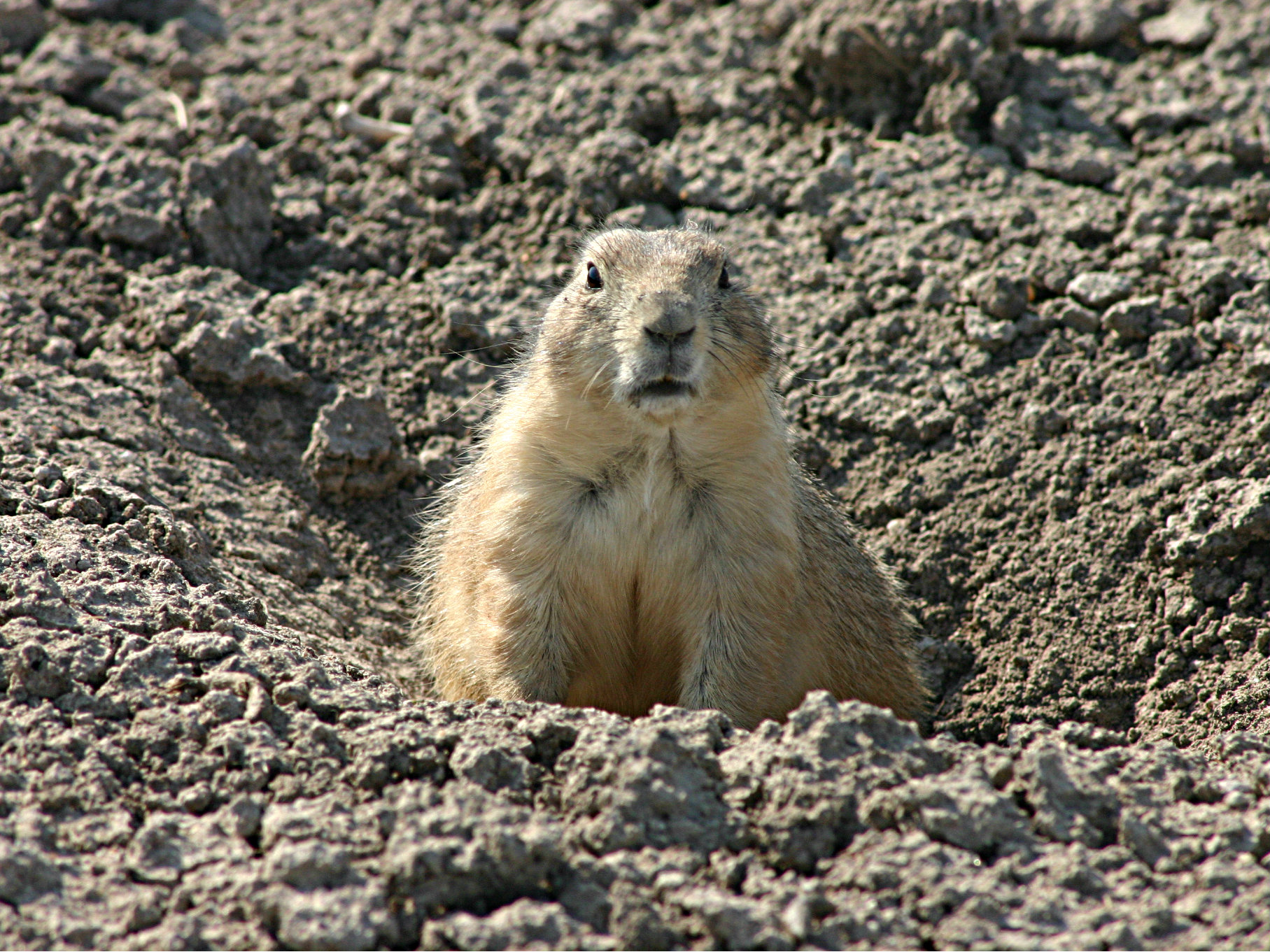
In the Middle Ages, plague killed millions in Europe, claiming perhaps up to 200 million lives, half the continent’s population. But it's not just a thing of the past.
Earlier this week, Pueblo County confirmed the first human case of plague this year. Given the history, that sounds bad. Even today, it can be, potentially life-threatening.
The plague is caused by a bacterium called Yersinia pestis. Humans can get infected from the bite of an infected rodent flea or by handling an infected animal.
It can be cured by antibiotics, which must be given quickly to prevent serious illness or death.
The state health department's Dr. Natalie Marzec said plague is a rare but persistent cause of illness in the western U.S.
“It has a lot of history,” said Marzec, Zoonoses (that means infections that people can get from animals) and One Health Unit Manager at the Colorado Department of Public Health and Environment.
Having an infamous reputation is both good and bad, she said. Many people may think back to their history classes and wonder, “How is the Black Death still around? But on the other hand, it does express that sense of urgency and seriousness of when it does occur.”
The disease showing up in people in Colorado is exceedingly rare. Going back a decade, fewer than 20 cases have been reported in Colorado. Of those four have died, including two in 2015.
Best advice: avoid fleas and dead animals that may carry them.
“Yes, plague still plagues us, even in modern times. The transmission of plague has not changed. It typically is spread via infected fleas who bite rodents who carry the infected fleas to areas that overlap with humans,” said Dr. Michelle Barron, senior medical director of infection prevention and control for UCHealth.
In Colorado, it is often prairie dogs that are affected and then the infected fleas bite humans. The general risk to Coloradans is low, she said, but people should be aware of the danger, especially with pets. These same fleas can bite and infect dogs and cats too.
“One indicator that plague is present is an unplanned die-off of prairie dog colonies or dead squirrels,” Barron said.
She advised you never handle dead animals without proper personal protective equipment, which we all know well from the pandemic, like masks and gloves.
Also, she suggested avoiding going near prairie dog colonies, this includes pets and especially children, who might wander off. If animals become ill and are in an area that has plague identified, notify your vet of potential exposures.
Marzec said if you are worried that you have a lot of rodents that may have died suddenly in your neighborhood or in a public place, report that information to your local health department.
Still, despite the dangers, Marzec said another flea-fueled global catastrophe is likely not in the cards.
“We're not thinking we're going to have another Black Death epidemic where a third of the world is going to die,” she said. “We know it's rare, in our age of hygienic living and safe food and water sources, that kind of thing. But it is here and it is here to stay.”
According to the federal Centers for Disease Control and Prevention, the most common forms of plague are bubonic, pneumonic, and septicemic, with symptoms dependent on how the patient was infected. One key symptom is fever.
The agency underscores the urgency on its webpage. “Plague is a serious illness,” according to the site. “If you are experiencing symptoms like those listed here, seek immediate medical attention. Prompt treatment with the correct medications is critical to prevent complications or death.”









